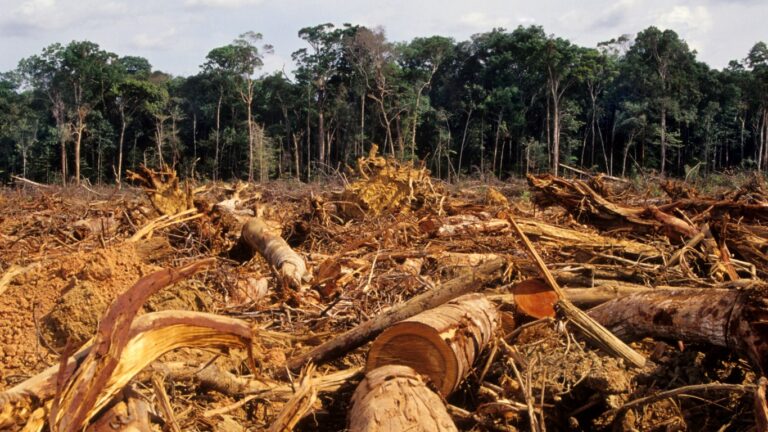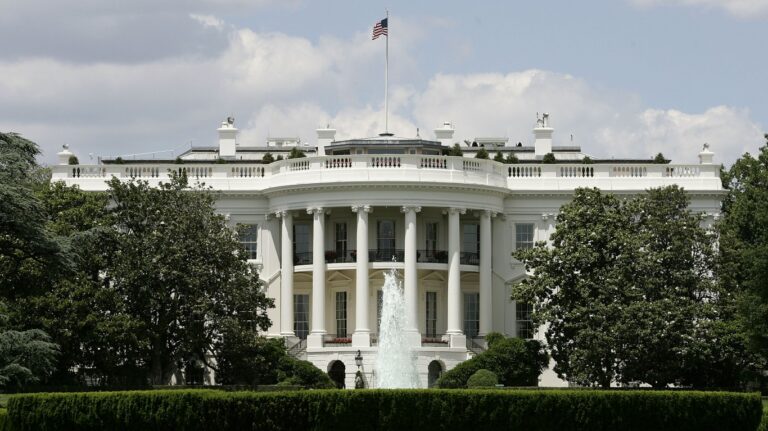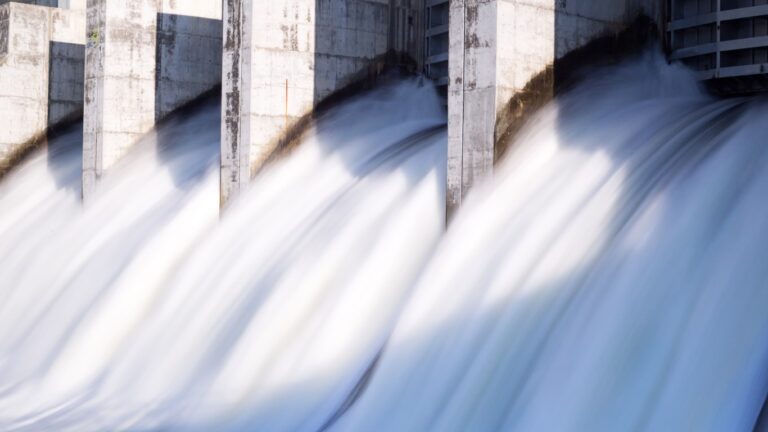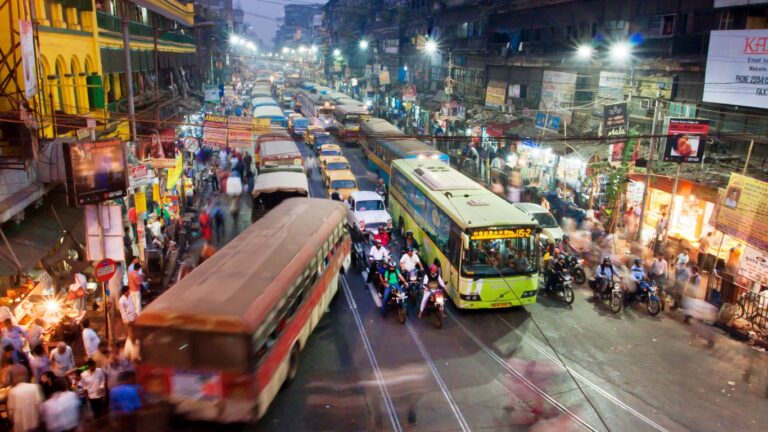A fatal Fog: Many face death as India And Pakistan Hit With World’s Worst Pollution

In Delhi, India, the AirIQ air pollution score is 1308. Any number above 300 is considered hazardous. And the figures are similar to those of other parts of India and Pakistan, leading experts to worry that a massive death toll could result.
READ MORE ABOUT THE EFFECTS OF POLLUTION
Pollution Warms the planet, leads to bad health — and now has been found to affect menopause!
Here’s the buzz: Turns out bees and other insects hate pollution — and it affects our food supply
According to the Financial Times, “The authorities in New Delhi closed schools and urged people to stay indoors as toxic smog, which has plagued neighboring Pakistan for weeks, choked India’s capital in what officials called a medical emergency.”
The main problem in these areas is that coal is still the primary energy source, with farmers often burning their fields after harvesting crops. The effects are often fatal, especially for people with preexisting conditions.
Nowhere to go
A related problem that is more troubling is that people in these large cities have nowhere to go. New Delhi has a metro population of about 25 million people and adjacent areas cannot feed or house nearly this many..
According to the World Health Organisation, 7,000,000 people die from air pollution yearly, though the number is likely higher since death certificates are not available in many of the world’s largest cities.
And there is a knock-on effect: When large cities are closed due to air pollution, it can rock the national GDP, something tough to take in India, which has the fastest growing GDP of any large nation. Pollution is rarely considered a constraint to this economy’s progress, but it will be as air pollution gets worse.
Sponsor
Find a Vetted Financial Advisor
- Finding a fiduciary financial advisor doesn't have to be hard. SmartAsset's free tool matches you with up to 3 financial advisors that serve your area in 5 minutes.
- Each advisor has been vetted by SmartAsset and is held to a fiduciary standard to act in your best interests. Get on the path toward achieving your financial goals!






